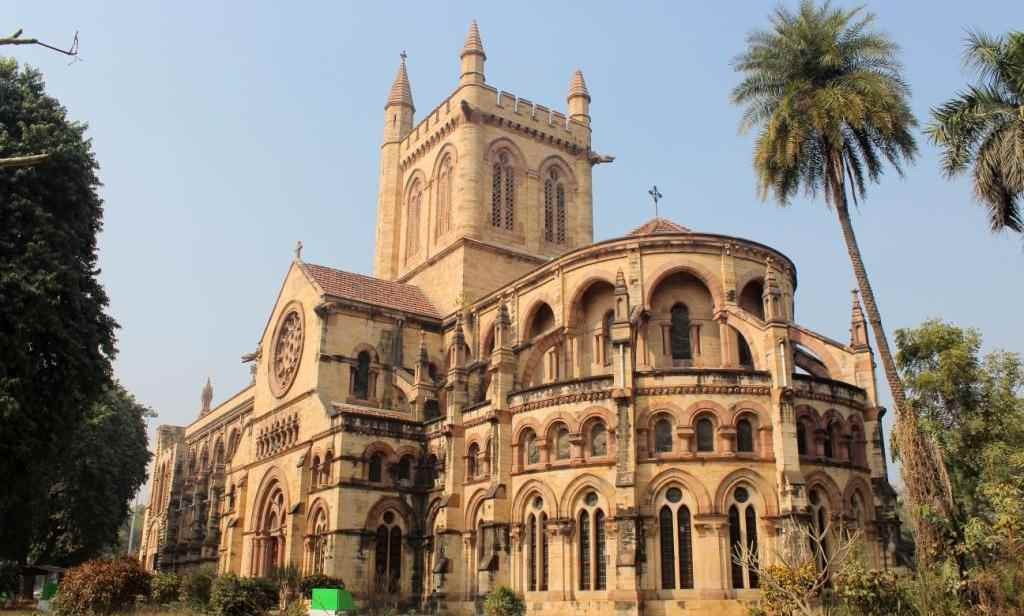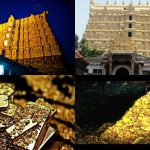Uttar Pradesh in India has a rich History and Holy places and one among them is Allahabad which has many spiritual and religious attractions. And one of the popular attraction in Allahabad is “All Saints Cathedral” also known as “ Pattar Girjja” is a fine specimen of European architecture in India. The church is known for its intricate work and designs on the marble altar and its stained glass panel. Done in a fine Gothic style of architecture, All Saints Cathedral Church is a major tourist attraction in Allahabad.

This church was inspired by the Gothic style of churches that were constructed during the 13th century. This Anglican cathedral was constructed during the British rule in India. This church was designed by the famous architect from Britain, Sir William Emerson – the same person who designed Kolkata’s Victoria Memorial. The design for this church was started off in 1887 and construction was over by 1891. November 1st, the anniversary of this church is celebrated as All Saints’ Day and belongs to the Church of North India Group. The church was constructed on the open space which is the intersection points of two of the biggest roads of Allahabad, MG Marg and SN Marg.

History
The Lieutenant Governor of North Western Provinces, Sir William Muir donated the land for construction of the church. It was during April 10th 1871 that the foundation stone for the structure was laid by Elizabeth Huntly Wemyss, wife Sir William Muir. Famous architect from Britain, Sir William Emerson was chosen to design the structure of this cathedral. He had already designed the Victoria Memorial in Kolkata, Crawford Market in Bombay and the Muir Central College in Allahabad (now part of University of Allahabad).

The idea for the cathedral was conceptualised during 1871 itself. The Building News, November 25th 1887 carried the news that the church was supposed to be constructed for the North Western Provinces and was supposed to have a verandah and an ambulatory. After some time, it was decided to construct this church at Lahore’s North Western Provinces. Allahabad was first thought to be a very small city; however ever since the railway network was developed in this place, Allahabad grew by leaps and bounds and now is big enough to fend for a big choir group. The construction of the church was designed keeping in mind the climatic conditions of Allahabad. The huge construction style, couple of carriage porches and low windows that can be filled with wet khuskhus mats during the scorching hot summers are some of elements that were infused into the church to combat the heat. In order to support destruction from white ants, the roof of the church is supported by arches, Cream coloured stone with alternate patterns of red sandstone dressings and red native tiles on roofs are the colours that dominate the church. The workmanship of the church reflects the talents of the workmen who were available during the time of British rule in India.

Architecture
The nave of the church has a width of 40feet and length of 130feet, whereas the church as a whole measures up to 240feet in length and 56feet in internal width. At a time, 300 to 400 people can sit in the prayer hall of the church. It is a perfect representation of colonial style of architecture in India. Today even after 125 years, the church’s glass and marble work looks original and new. The plaques in the church depict different British rulers who died during their rule in India. A beautiful, sprawling garden surrounds the church.

One of the most remarkable designs in the church is the pulpit. The workmanship of this structure is exquisite. Sir William Emerson had designed Mr. Nicholls of Lambeth in the alabaster of the pulpit. Towards the North and South there is a transept each in the church. Other features in the church are ambulatory along with a channel and a tower in the middle where the nave, transepts and the western porch meet each other. The lantern tower is named Victoria Tower and is an token of memory of Queen Victoria.
Must read “50 stars of Christmas” : Basilica of Holy Rosary Church, Hoogly – A magnificent Church









